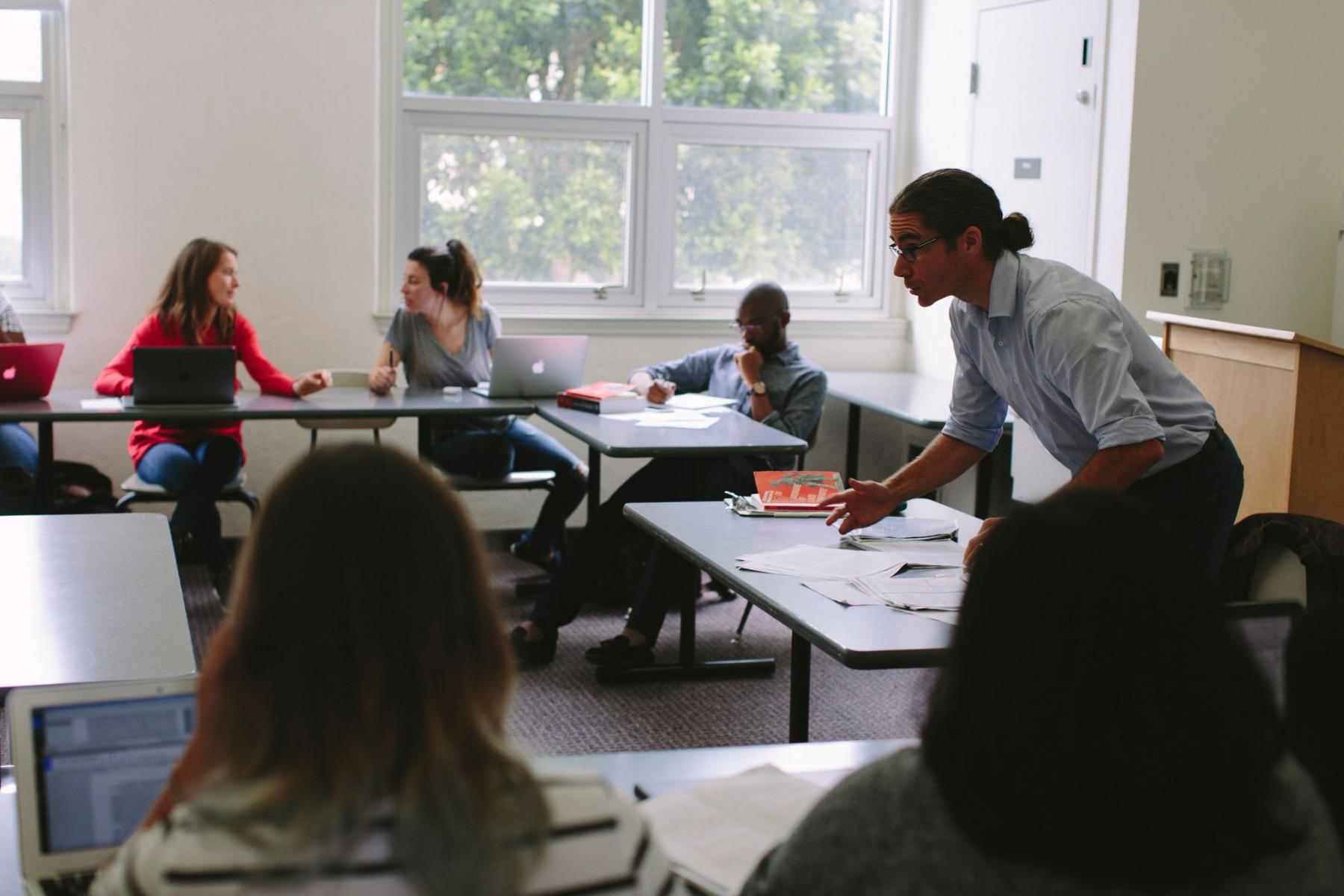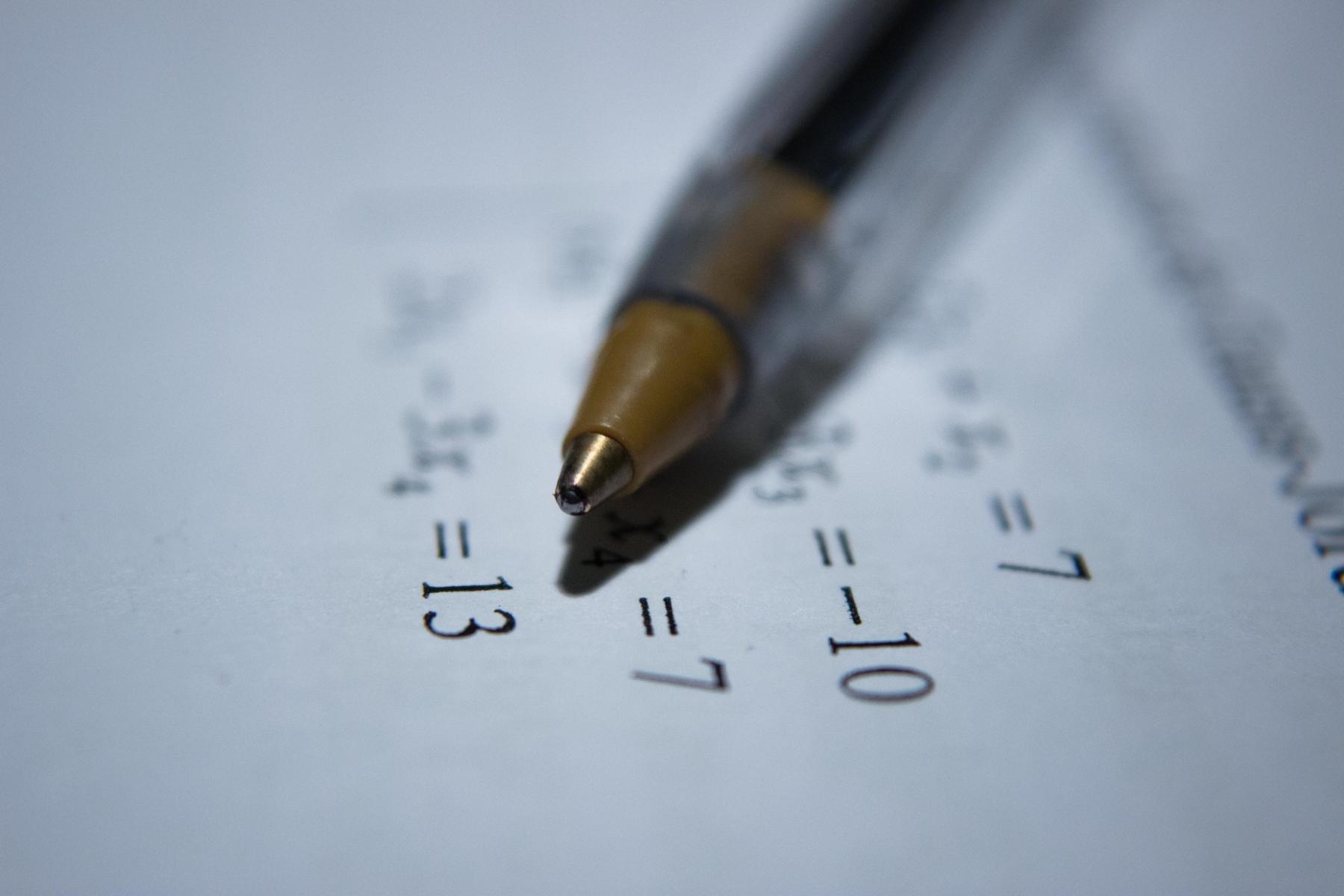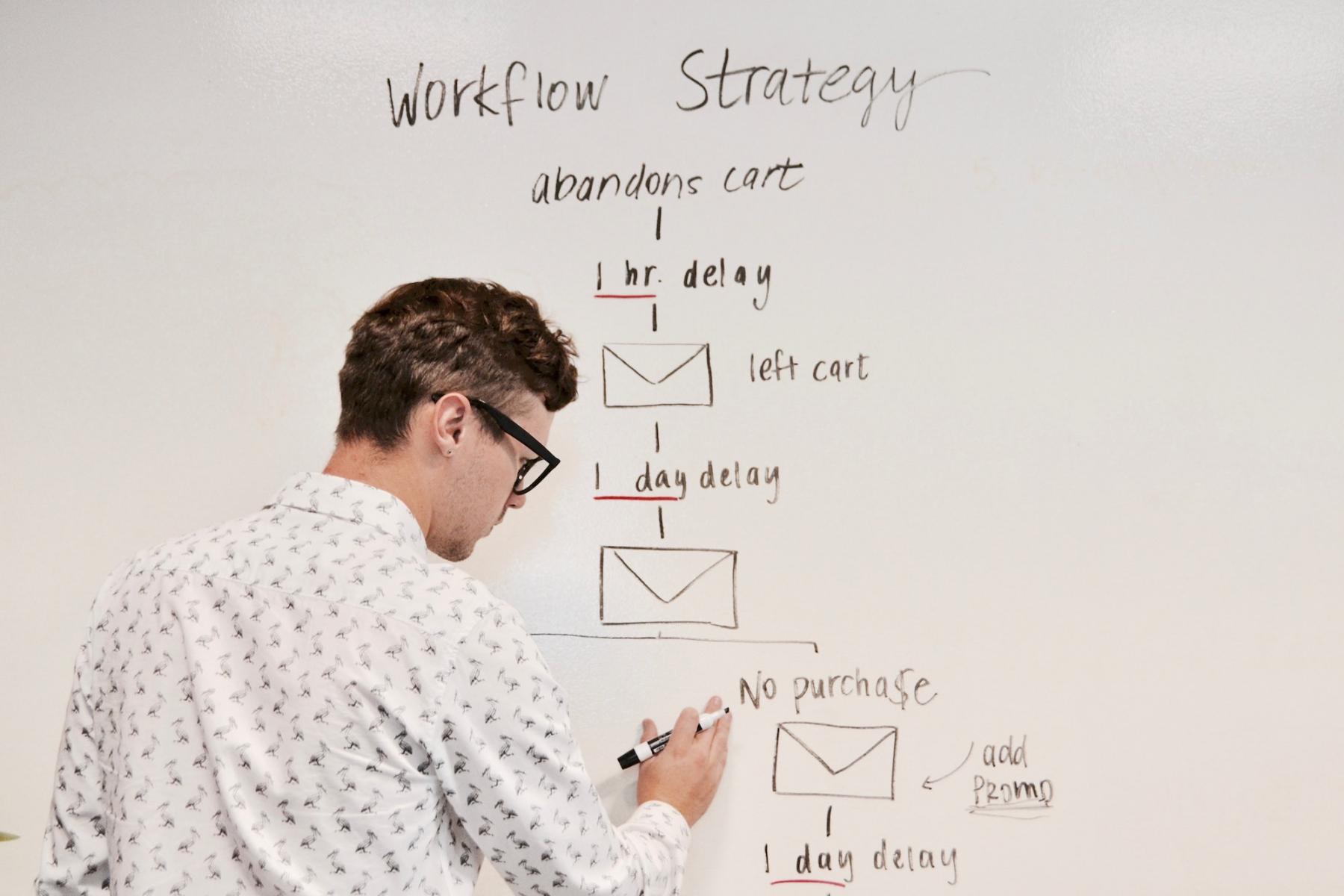Assessing

Designing effective assessments of student learning is a continuous process taking place before, during, and after your course’s term. The process begins with creating learning outcomes that are assessable: as a result of taking your course, what should students take away? How will students meet these outcomes, and in what ways will you scaffold learning in your curriculum?

Formative Assessments »
How are students learning? Use formative assignments throughout a unit for ongoing feedback — low-stake activities identify areas or concepts where students may be struggling.

Summative Assessments »
What are students learning? Use summative assessments at the end of a unit or course to evaluate students' achievements — high-stake exams measure their mastery of course objectives.

Concept Mapping: Connect Knowledge with Ideas »
Support students' mastery of course concepts by mapping concepts and their relationships to determine existing understandings and develop new ones.

Improve Student Writing with Peer Review »
Peer review assessments encourage students to be accountable and engaged with colleagues in community-oriented learning.

One-Minute Paper: Assess Through Expression »
UPDATED WITH REMOTE TEACHING TIPS
One-minute papers present opportunities to assess students' understanding of new course topics and collect questions to be addressed in subsequent classes.

Polling: Real Time Assessments »
Simultaneously improve and assess student engagement — in real time! Learn more about online tools and offline techniques to implement polling in your courses.

Rubrics: The Rhyme and Reason »
Rubrics are a public assessment tool that used to evaluate the quality of students' work.

Student Conferencing: Individualized Feedback »
Use individual conferences as a means of providing targeted feedback to and building deeper rapport with students.